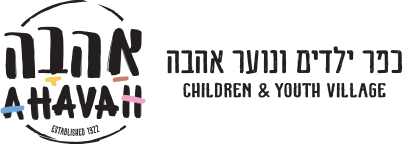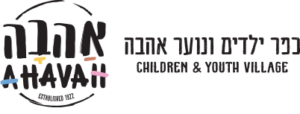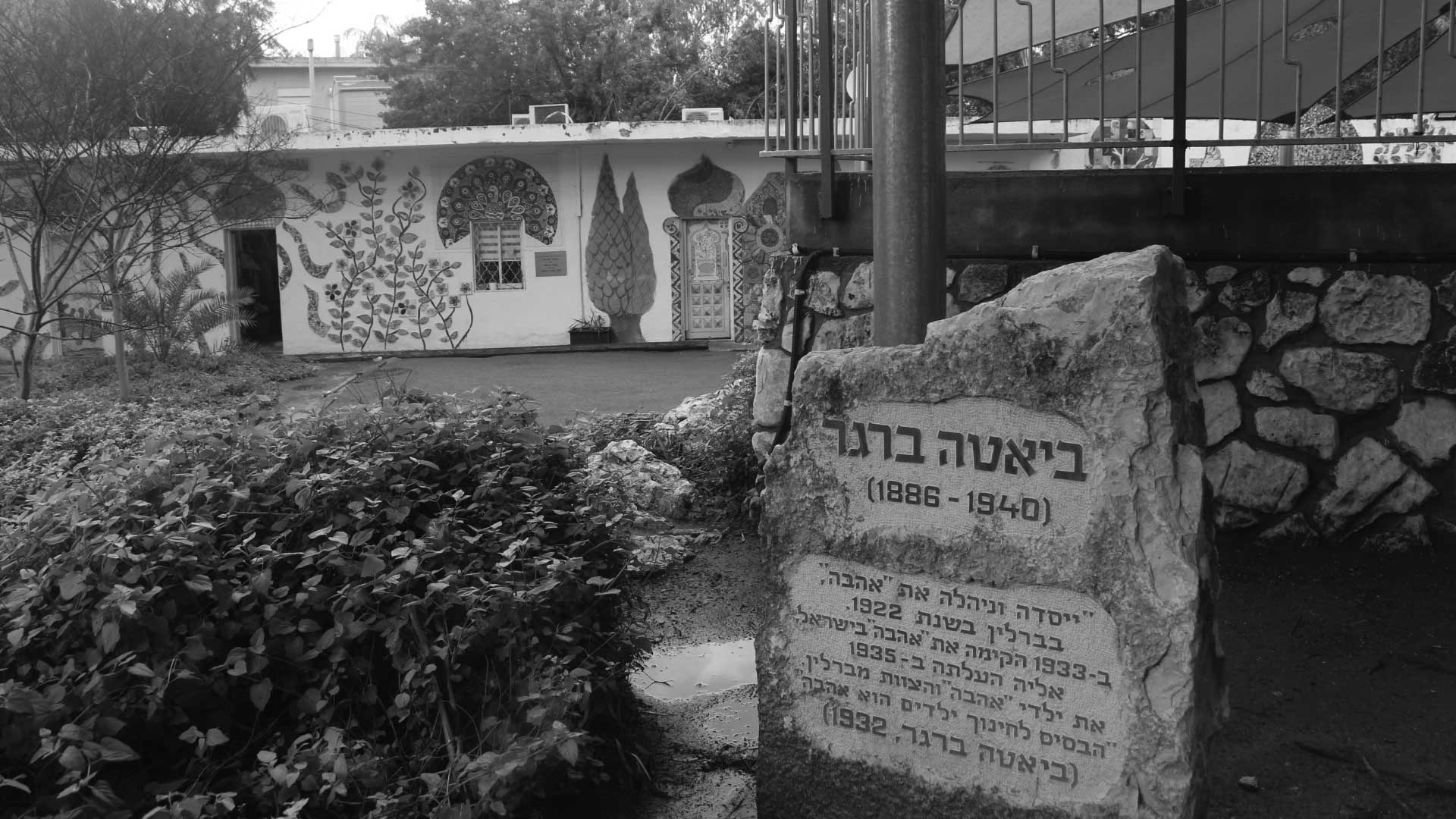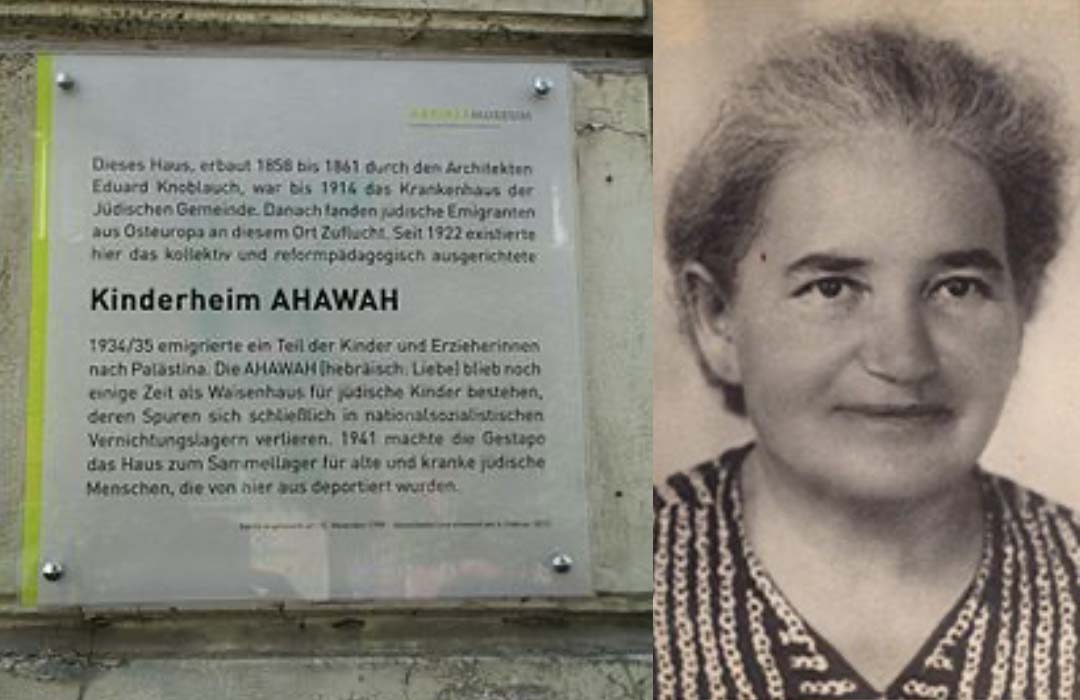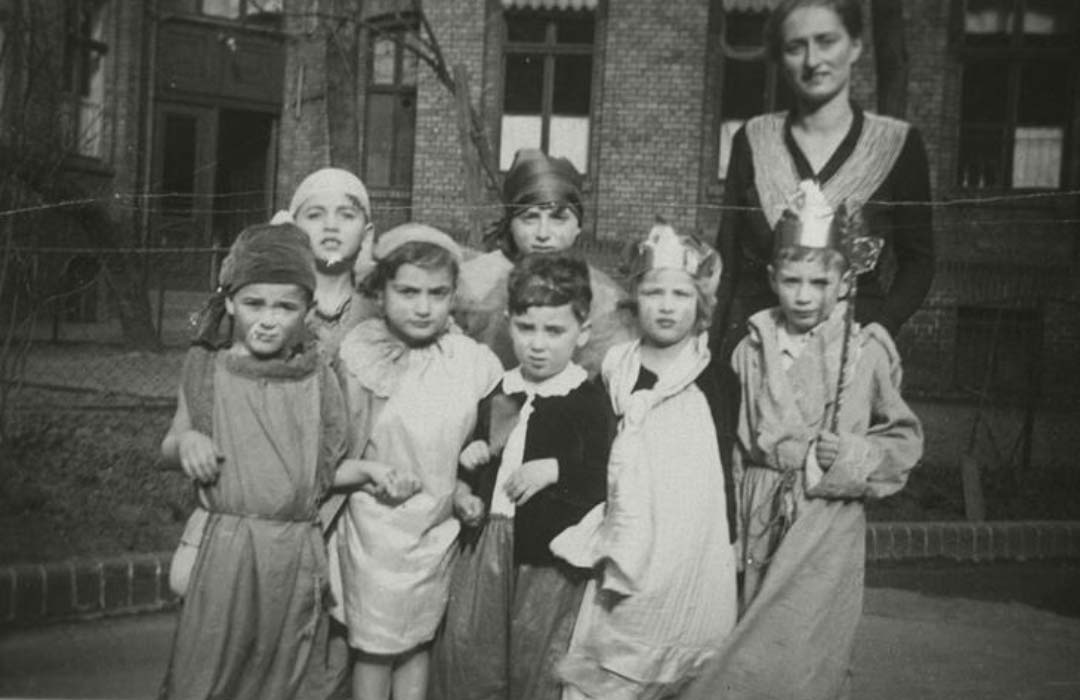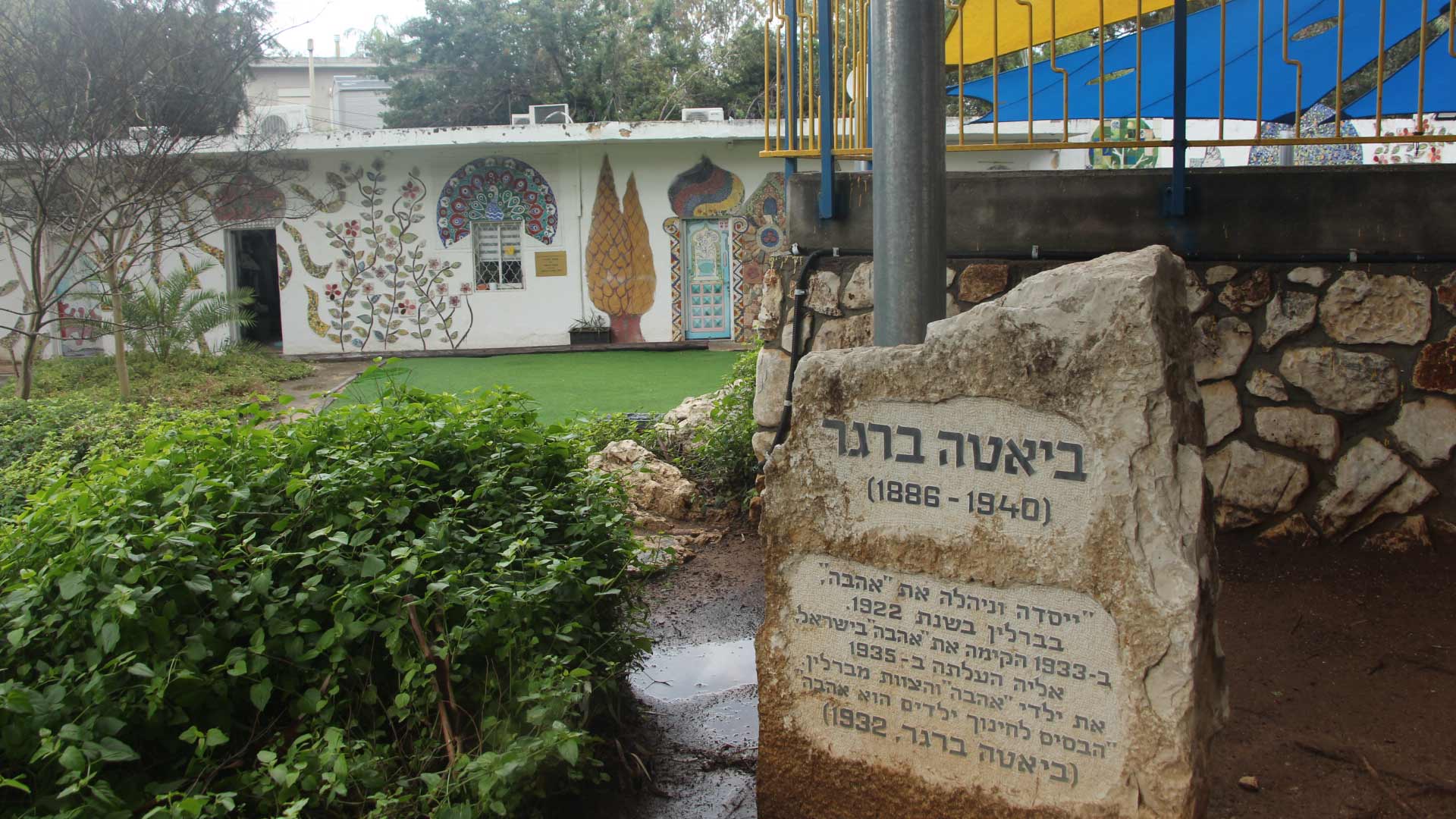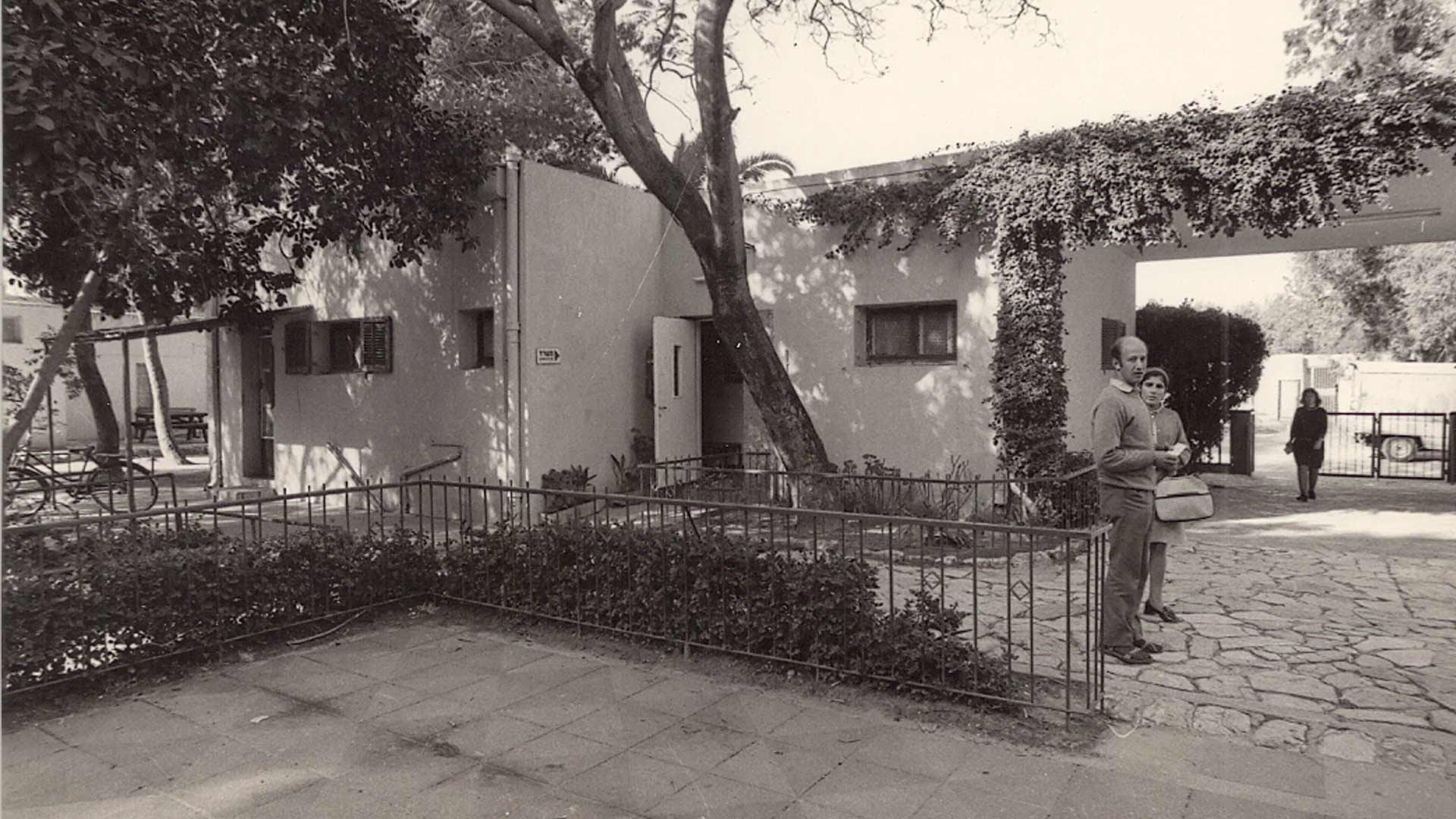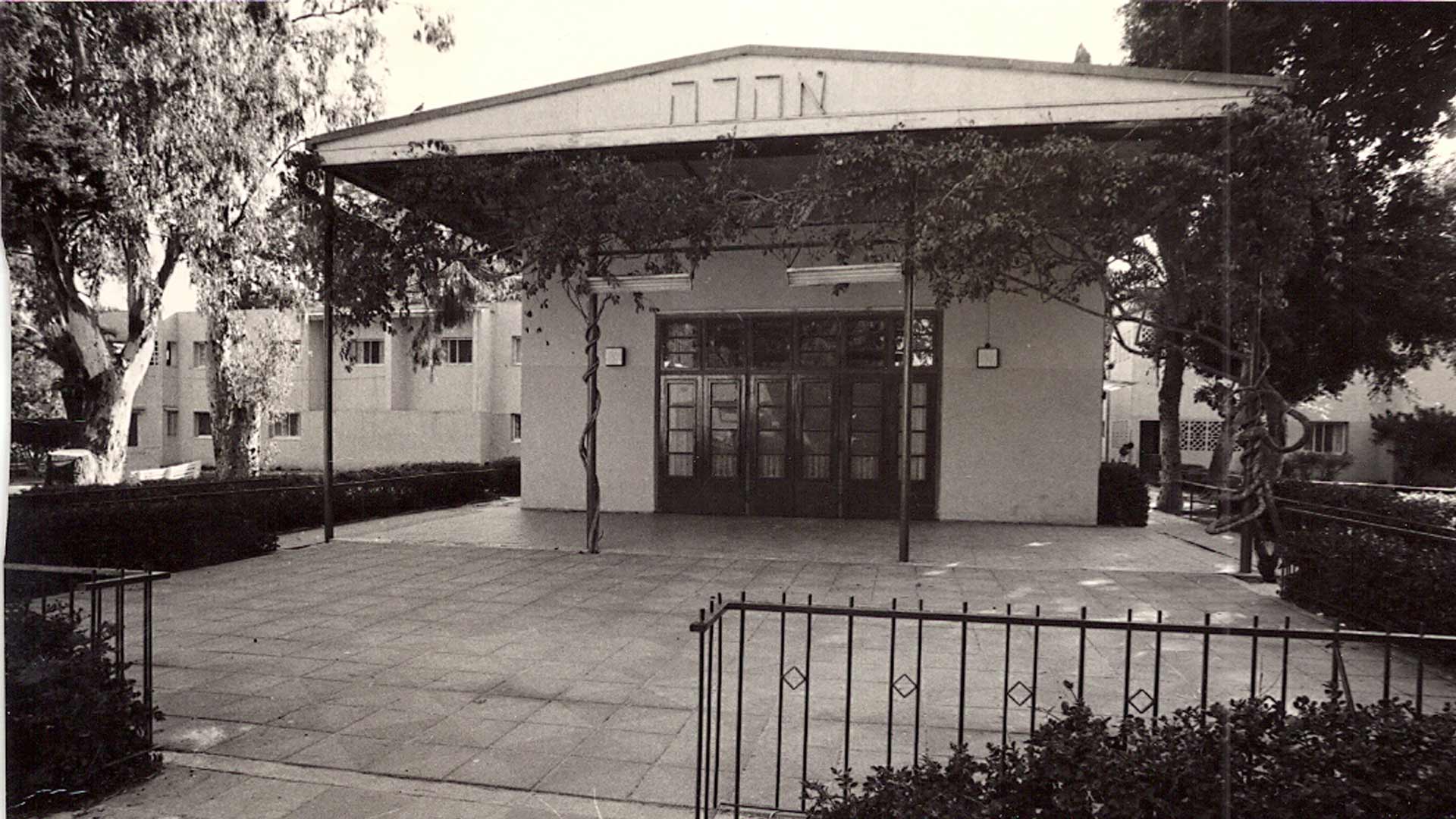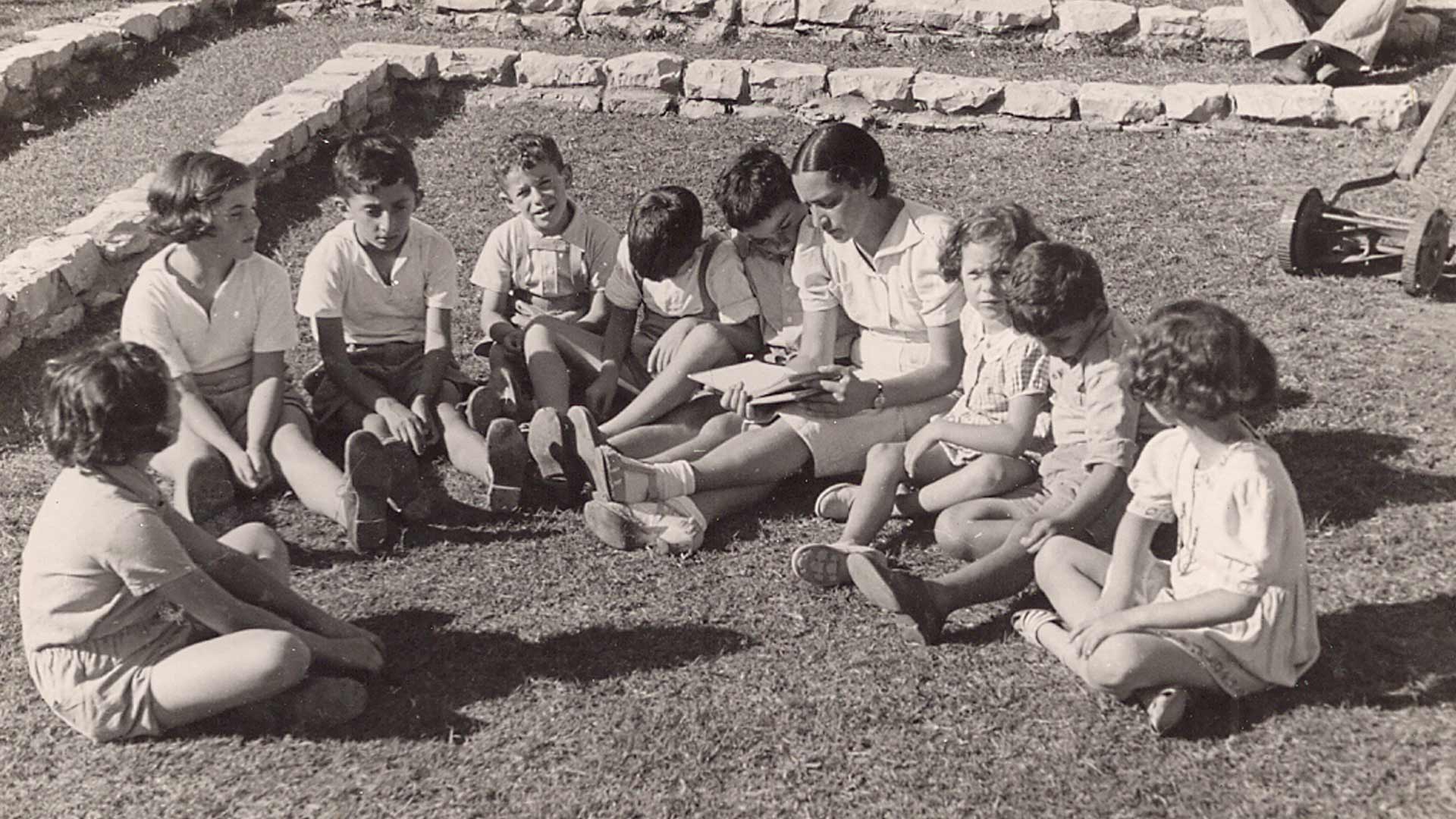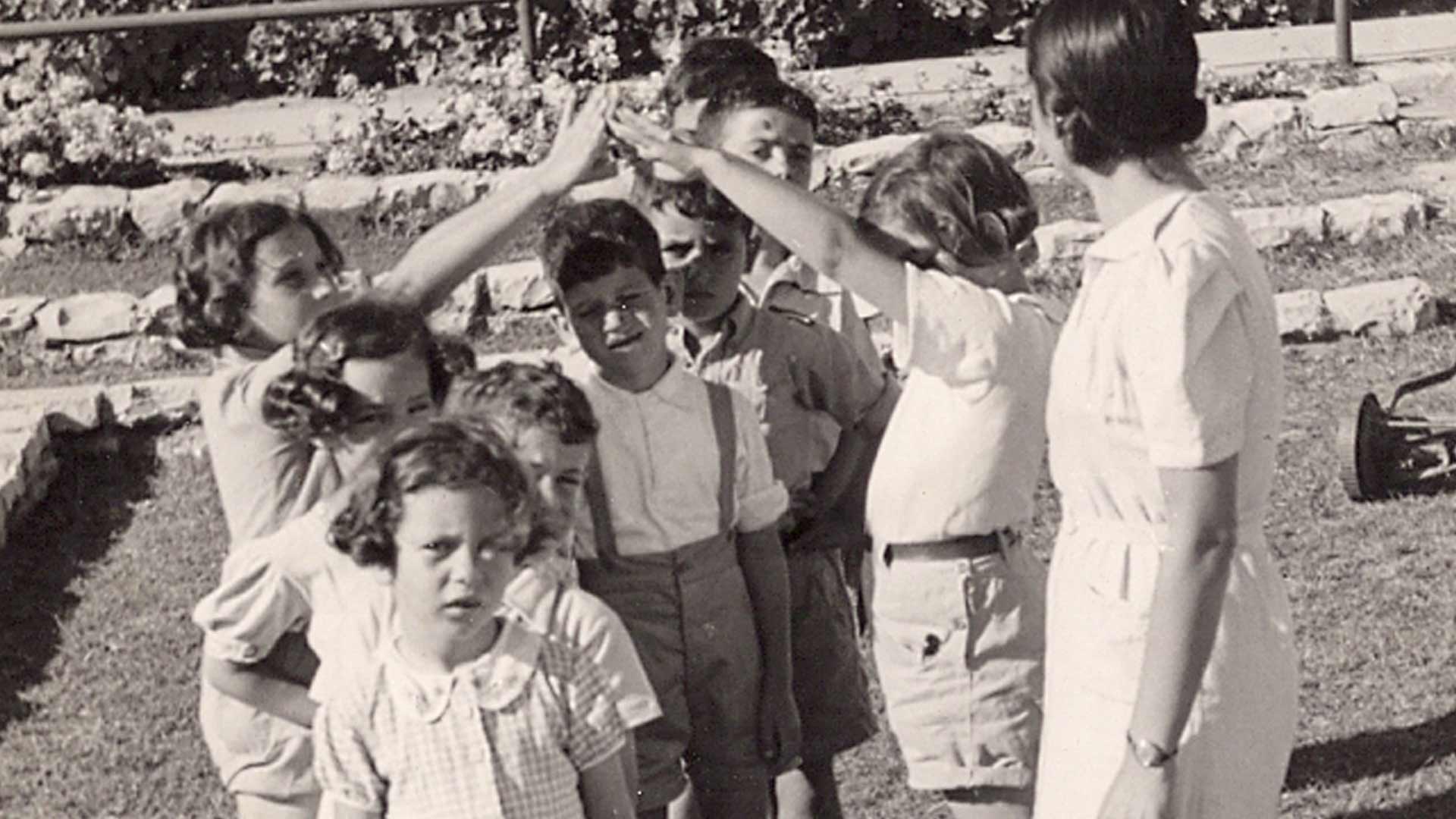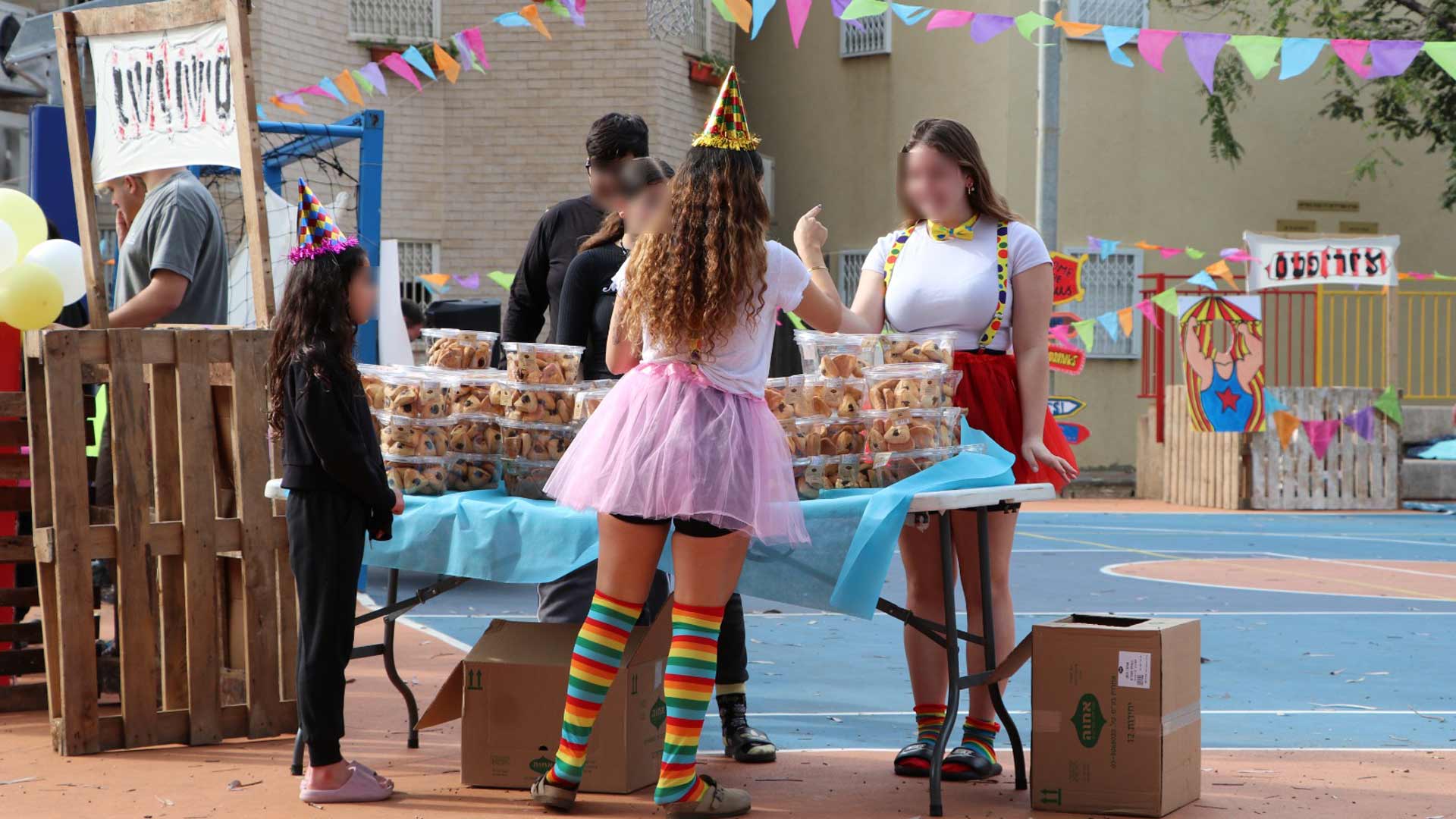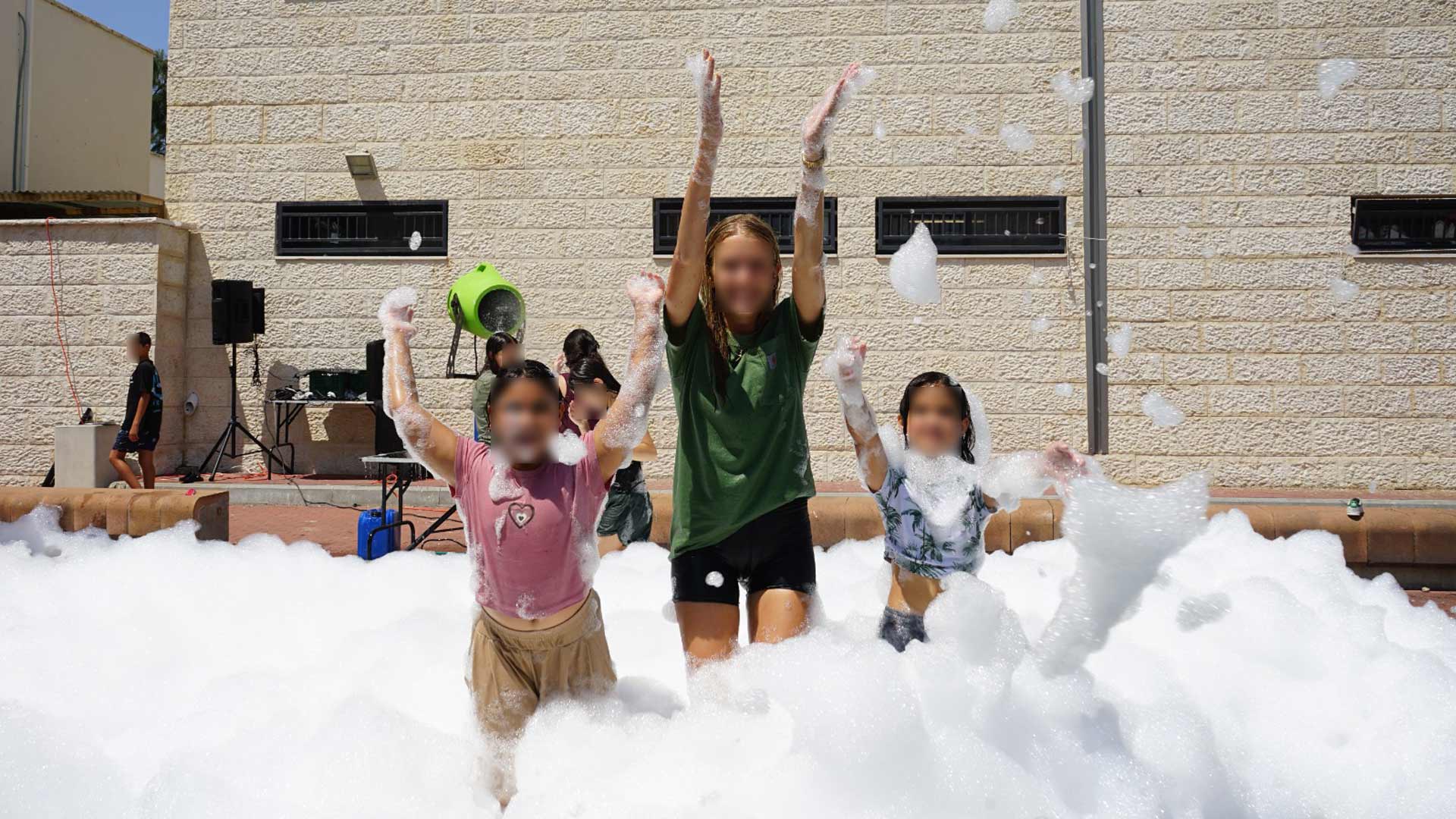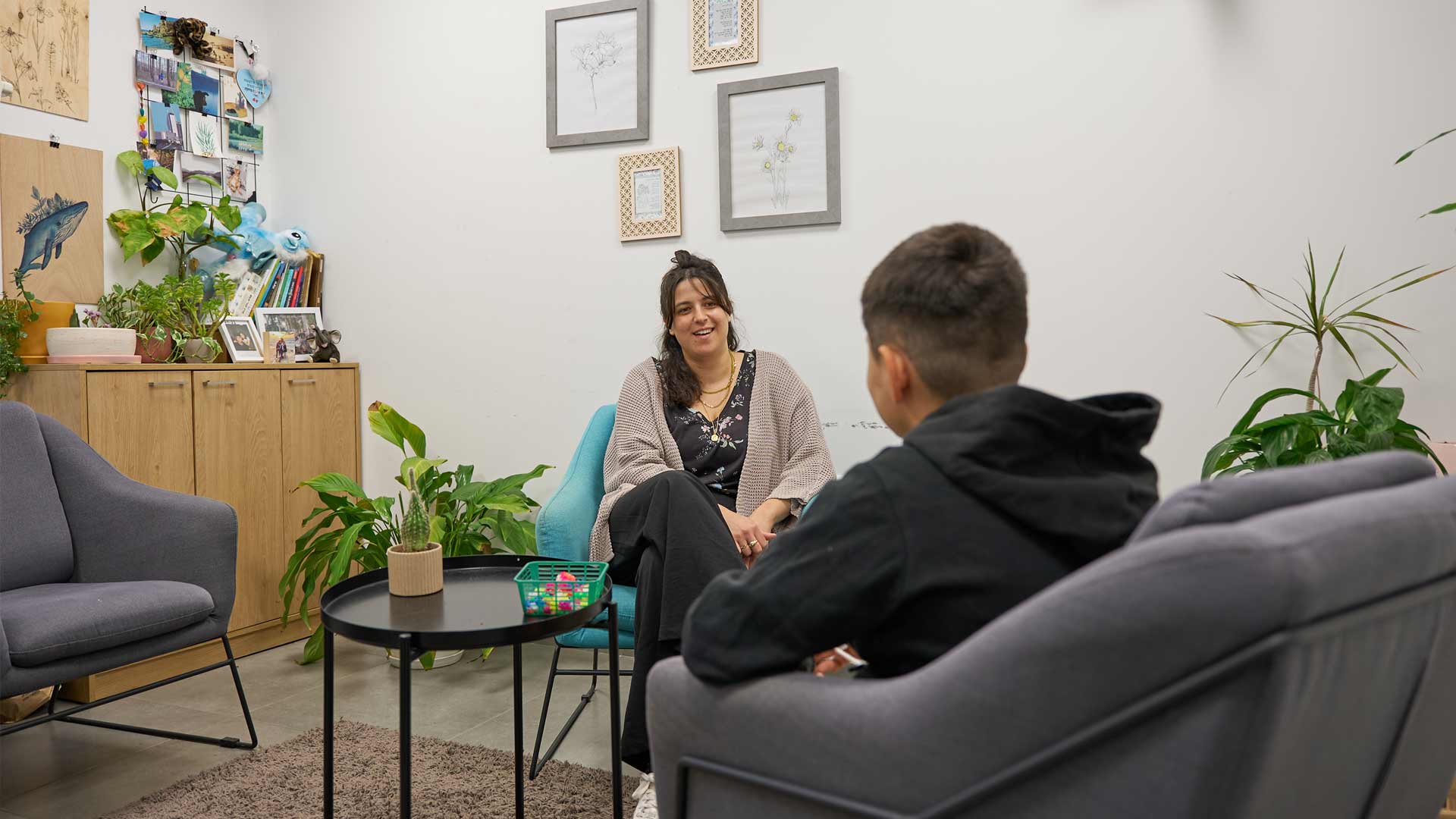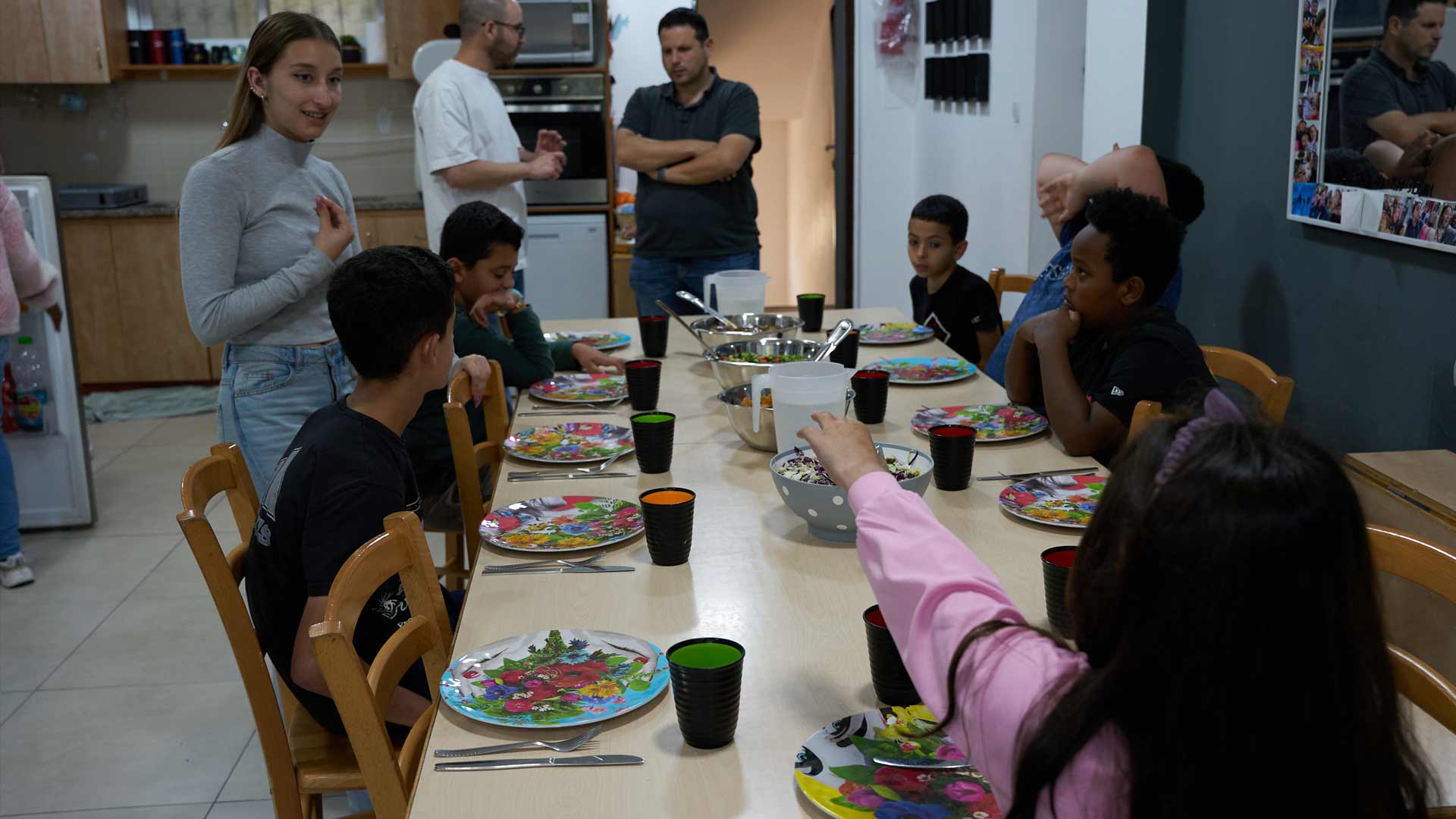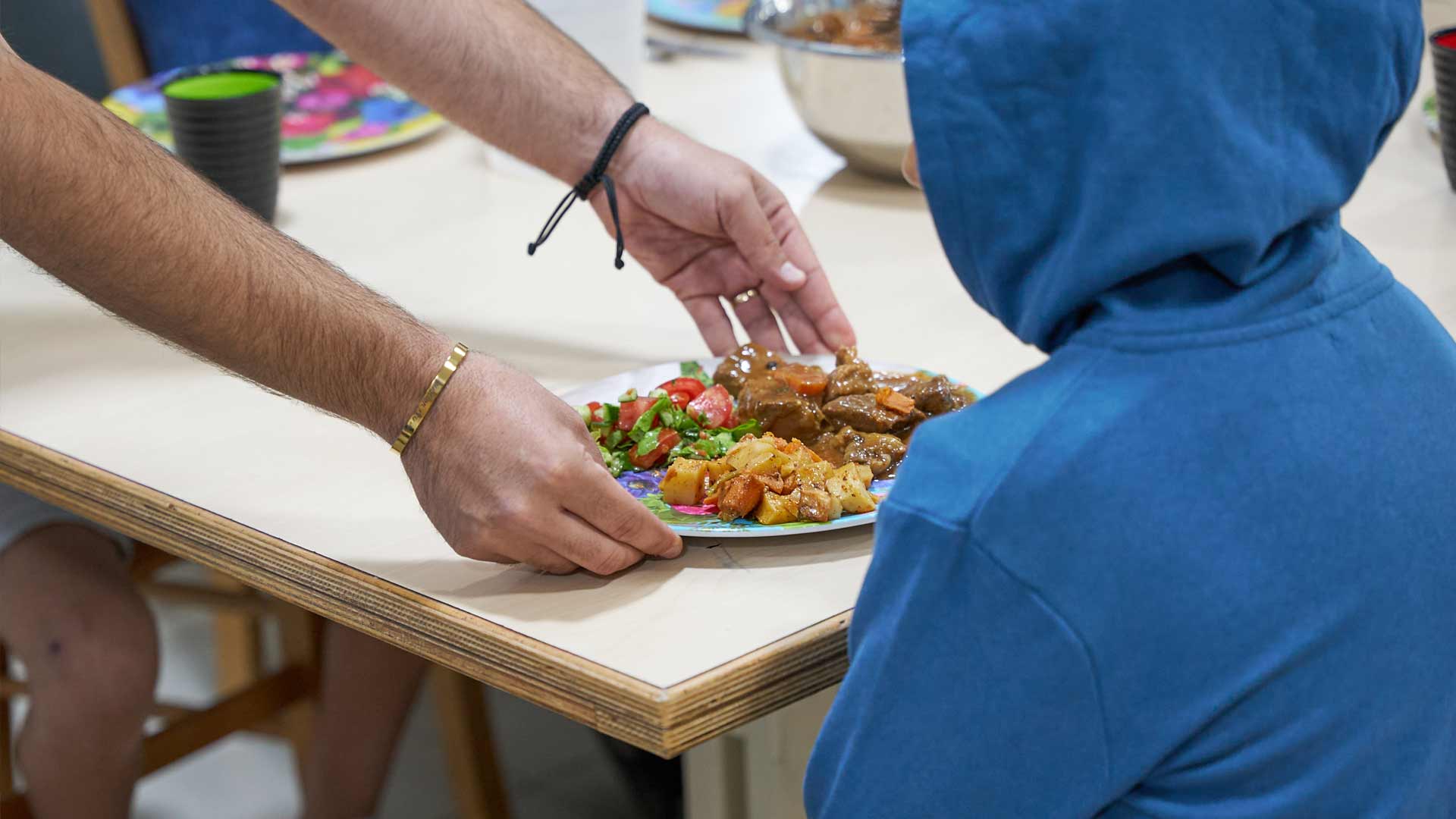History of Ahava
History of Ahava
In the early 20th century, working out of a former hospital, a group of Zionist women founded a soup kitchen for Jewish youth in Berlin, Germany, which later served as a shelter for these children.
Still to be seen there today at 14-16 August Street, Ahava’s original location is one of a number of Prussian-style buildings that line the neighborhood of Mitte.
In 1922, now a soup kitchen, the property changed direction and became a boarding school for children under the name “Beit Ahava” (House of Love). The need was dire as in the wake of WWI, many Jewish children were left orphaned or in families too impoverished to care for them. Ahava became their refuge. Thirty-six year old nurse Beate Berger was chosen to run the institution.
Beate herself was an orphan: raised by relatives in the mountains at the age of 6 when her father’s death left her mother and 5 siblings impoverished. She knew firsthand what the experience was like for those now within her care.
Under her guidance, the children were ensured every comfort she could offer, within a devoted religious framework of regular Hebrew and Torah study. Large paintings depicting the Biblical Ruth lined the dining hall like literal ‘writing on the wall’, a portent of Ahava’s own Holy Land migration yet to come.
With the rise of Nazism in 1933, Beate Berger realized she needed to take steps to protect the children of Ahava. Nazi parades along their own August Street became a common sight for the children to see out their windows. She knew there was no time to waste.
Aided by a pair of local artists, Max Lieberman and Herman Struck, Beate raised the necessary funds to buy land in Israel and founded “Beit Ahava” in Kfar Bialik. She actively rescued 300 children and their family members, who lost relatives in the Holocaust. And not just from Germany – she also succeeded in delivering 15 children out of Italy, 75 out of Austria, and 100 out of Hungary, Poland, and Czechoslovakia.
In 1960, the organization changed direction once again and became a dormitory for at-risk children and youth, removed from their homes by social services due to harsh socio-economic conditions and other relief cases.
In 1991, under the dedicated leadership of Ofra Meirson the village underwent a pivotal transformation. The organization adopted the family-style model, a framework that remains in place today. This framework involves married couples who live alongside the children at their residence on campus, modeling a healthy home and a stable family dynamic for at-risk children and teens.
The 2000s brought continued expansion and development for Ahava Village. New day care units were built to accommodate more children and families and the 18+ program was introduced. This program provides 4 warm homes dedicated to supporting both alumni of Ahava Village and young adults with no family support. The aim was to provide a stable foundation for these young adults as they navigated the transition to adulthood and learned to stand on their own.
In 2008, Ahava Village extended its reach even further when it won a tender to operate an emergency center for children in acute crisis in Northern Israel. In 2024, Ahava Village won another important tender, this time to operate three residential therapeutic units, further solidifying its commitment to offering specialized care for vulnerable children.
From its early days in Berlin to today’s pastoral village in Kfar Bialik, Ahava remains dedicated to providing a loving, nurturing environment for children in need.
